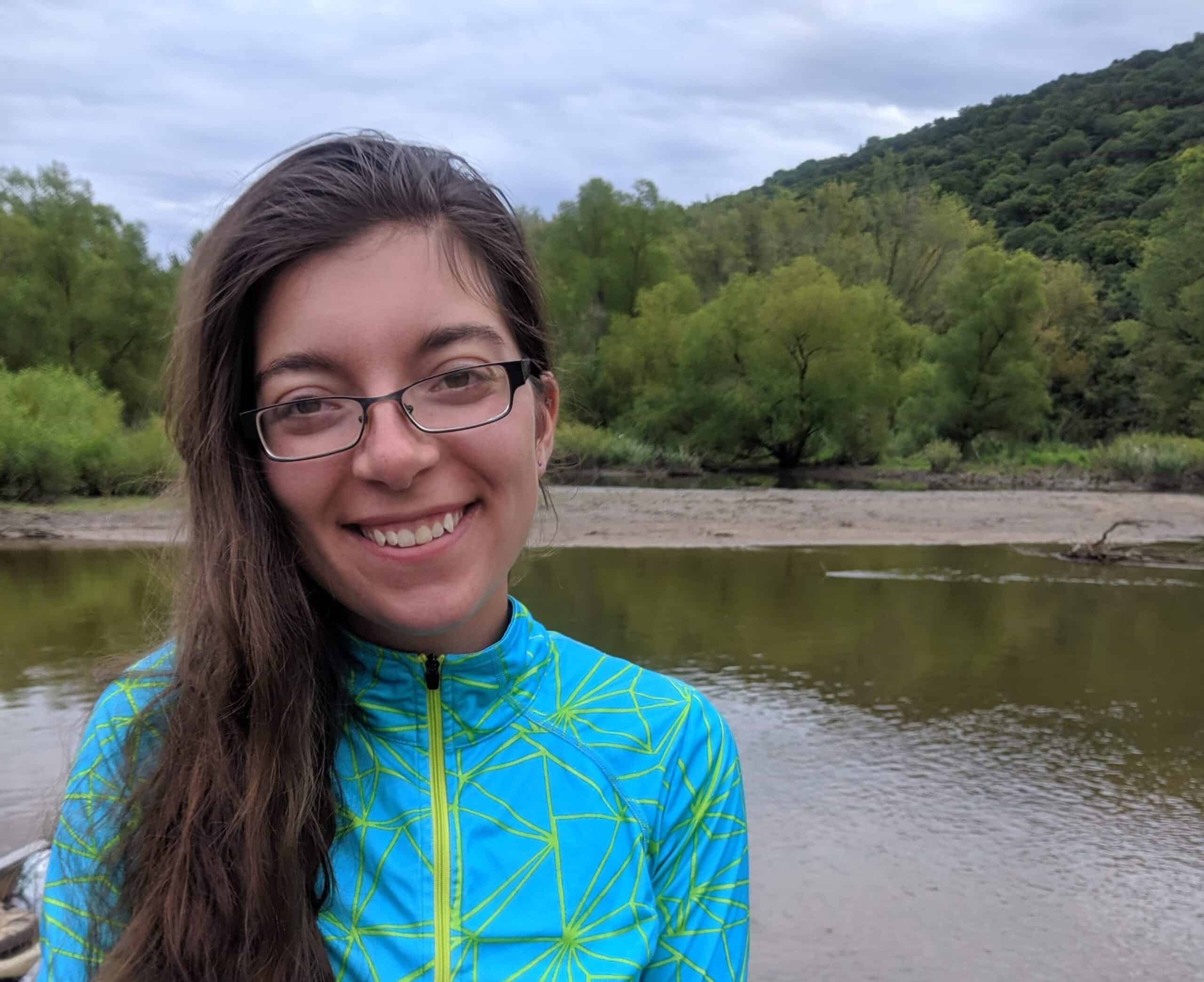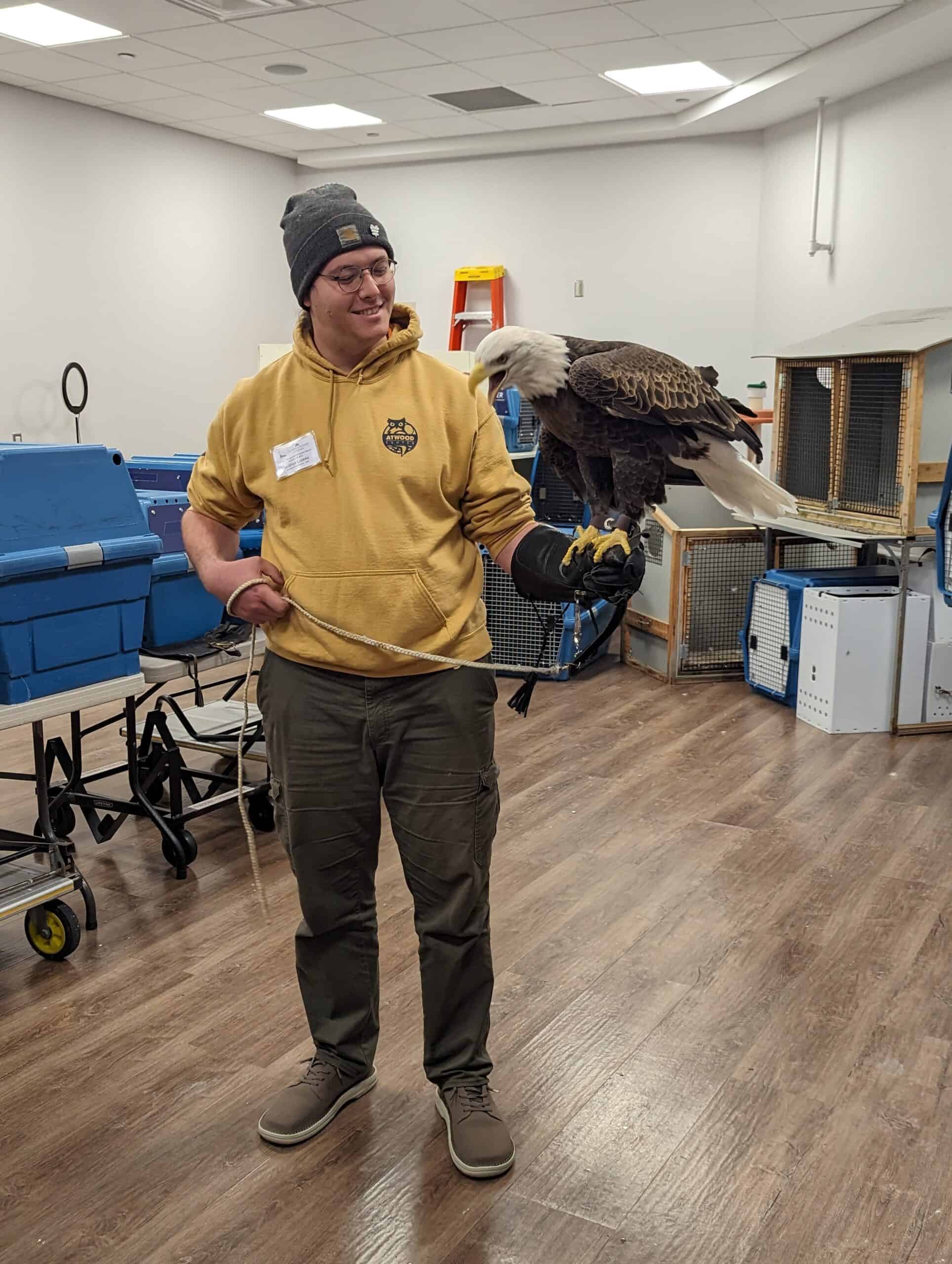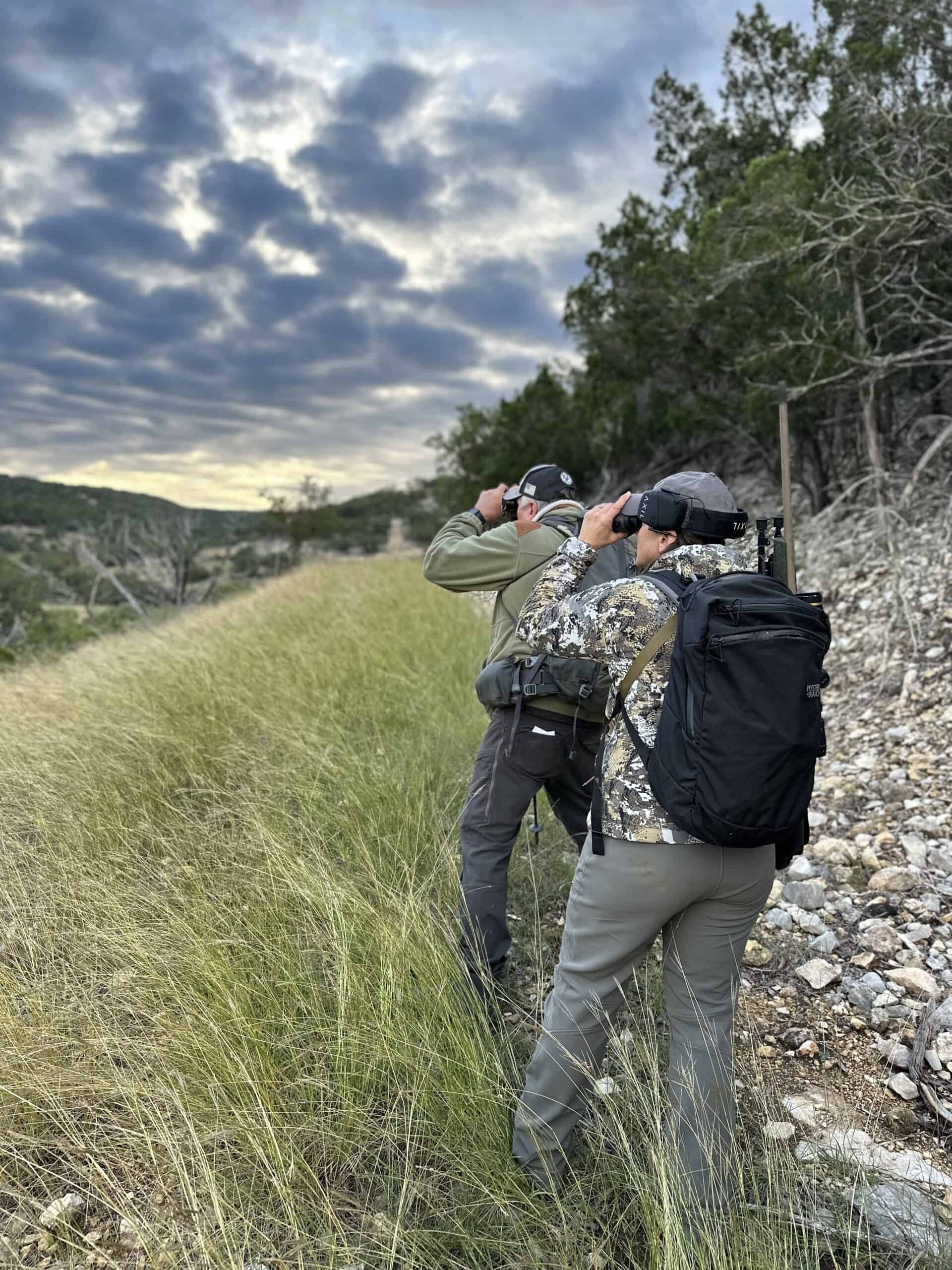Share this article
Wildlife Vocalizations: Morgan Farmer
Farmer recounts her entry into wildlife research
Wildlife Vocalizations is a collection of short personal perspectives from people in the field of wildlife sciences.
My undergraduate curriculum in environmental sciences included completing a year-and-a-half-long senior thesis project beginning with a project proposal and culminating in a two-day research symposium.
For my project, I used camera traps to study the effects of recreation and invasive species management on coyote activity in an urban park in Berkeley, California. To purchase camera traps and other supplies, I wrote and was awarded a grant through the College of Natural Resources. I then spent a good portion of my senior year hiking through the park checking my camera traps and tagging the photographs of tons of people and dogs as well as all the relatively less common wildlife species.
I still distinctly remember taking my parents and other family members to visit my camera traps so that I could show them what exactly I was doing, and at one of my camera sites, my mom even insisted that I lean down next to the camera so that she could get a picture.
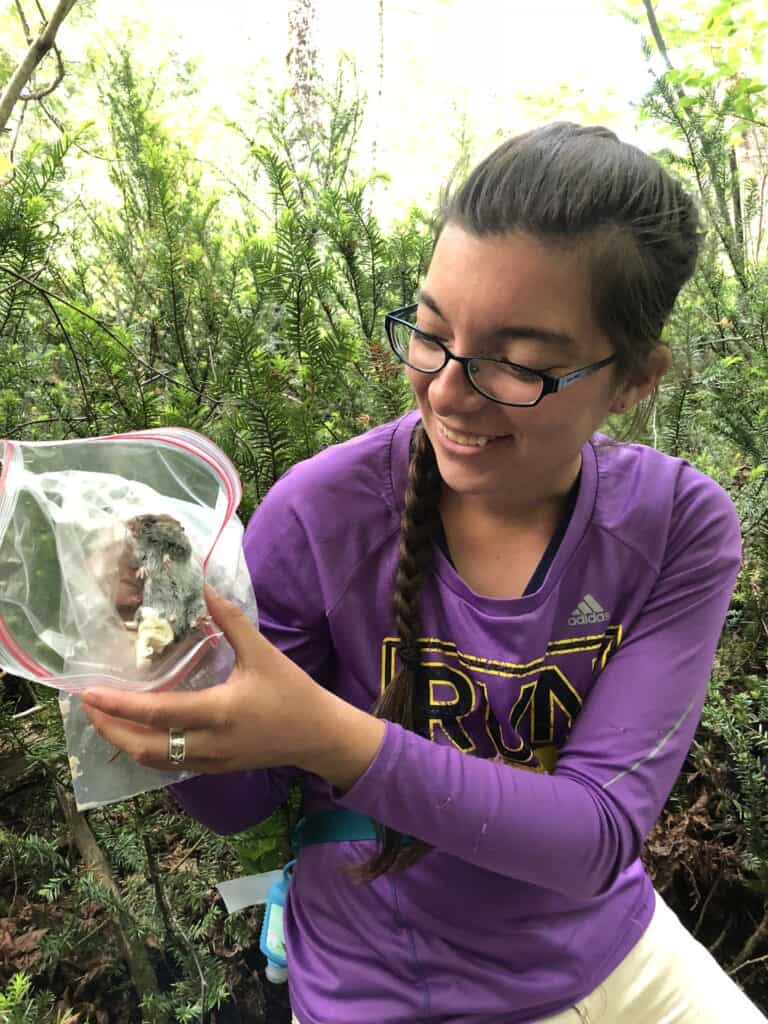
Fast-forward five years to 2021, and I am once again hiking through an urban park checking on camera traps. This time around, I am with an undergraduate who is using camera traps to study the effects of humans and domestic dogs on coyote and red fox activity in an urban park. She had approached me earlier in the year about opportunities with the Urban Canid Project, and I had pitched the project with the caveat that moving forward would be dependent on grant funding. In the following weeks, they wrote and were awarded a grant to cover the cost of camera trapping supplies.
As soon as the camera traps arrived, we set out to capture some canids. After setting the last camera together, I insisted that she lean down next to the camera so that I could get a picture, and at that moment, it felt like I was looking through a mirror. Five years before, I had been on the other side of the camera. I was trying to find my way through the questions around field methods (how many days should I leave each camera trap out for?) and analysis (how do I even start to apply a generalized linear model?) with the help of my graduate student advisor.
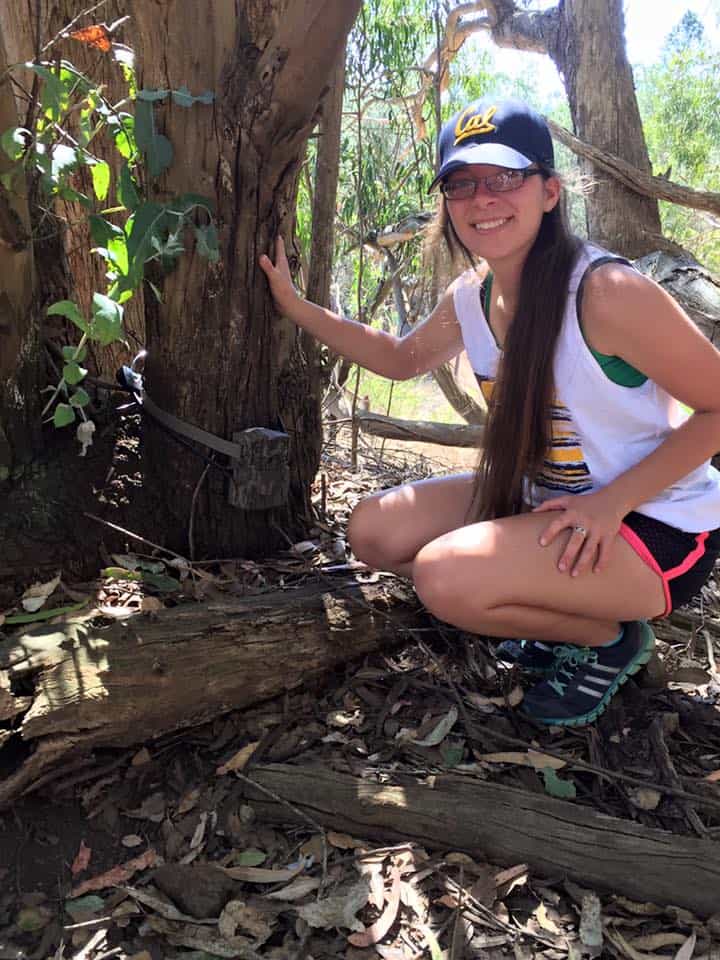
Now, I am on the other side of that undergraduate researcher-graduate student advisor relationship. These experiences, my first independent project and my first time advising on an independent project, have intensified my interest and passion for both wildlife research and mentorship. Though I am not entirely sure where I may end up five years from now, I hope that I will be in a position to continue conducting research on urban canids and mentoring the next generation of wildlife biologists.
Learn more about Wildlife Vocalizations, and read other contributions.
Submit your story for Wildlife Vocalizations or nominate your peers and colleagues to encourage them to share their story.
For questions, please contact TWS.
Header Image: Morgan Farmer along the southern stretch of the Wisconsin River in September 2019. Credit: James Farmer



